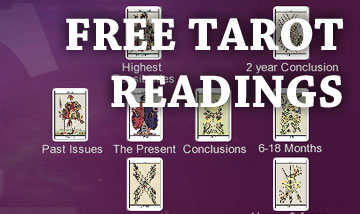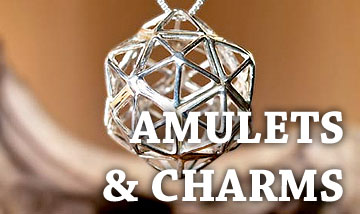Fairies
The word fairy tends, for most of us, to conjure up a vision of a tiny, winged woman with a trail of golden dust twinkling in her wake. However, as with all things mysterious and paranormal, there are all kinds of ideas as to what they really are – or even whether they’re real.
No matter where you’re from, there is probably a whole chapter of local folklore dedicated to fairies. The centuries have seen them appear in tales and legends as traditional fluttering creatures, unlucky omens and even mischievous beings to be avoided at all costs. Although ideas of fairies differ and change, one thing has always been consistent, they tend to live in natural places, such as woodland and gardens. What they get up to in them is another matter…
Although fairy folklore describes fairies as everything from goblins, to gnomes and beautiful ethereal creatures, those who have claimed to see fairies have relayed tiny beings of human appearance with wings and clothes.
The Cottingley fairies became the closest Britain had come to seeing evidence of their existence when a photograph of them was taken in 1917. Sisters, Frances and Elsie Wright, claimed the fairies lived at the bottom of their garden, and the photos inspired a whole period of fairy folklore and speculation. It isn’t only children who have claimed to see fairies. The Romantic poet William Blake once told of how he watched a fairy funeral in his own garden…and if it was an eccentric joke he was very matter of fact!
For many, the idea of leafy fairy funerals may be a step too far into the inexplicable, but let’s go back a few centuries and have a look at the earliest fairy tales. It’s interesting that the word itself can be traced back to the Latin ‘fata’, used to describe a Fate, or guardian spirit. As with most supernatural spirits, we tend to see them as human in form (if far smaller) with magical powers. As mentioned, whilst most of us think of fairies as kind and well-meaning spirits, there have been plenty of generations that saw them as a little darker!
Although it’s difficult to picture a fairy without wings, before the Victorian era they were depicted as flying by other means, such as magic or flying on animals. They were even believed to shape shift into various other animal forms, tricking unsuspecting humans who passed their habitats. Fairies have been blamed for all kinds of misfortune, from tangled hair, to travellers losing their way and even babies being abducted. Unsurprisingly, there is a whole range of ways to avoid fairy powers, from carrying dry bread, ringing church bells and wearing one’s clothes inside out.
Ideas of fairies have been even more sinister that mischievous creatures to be avoided, they are also seen as those who have passed away, as demoted angels and as deities. The myths and legends of Western Europe have painted fairies in all kinds of shapes and forms, but it’s a common view that you’re unlikely to see one if you don’t believe in them. So, do children tend to see them more often because they have vivid imaginations…or is it because the fairies know they believe?!
 DISCOVER TAROT ON iPHONE, iPAD AND ANDROID.
DISCOVER TAROT ON iPHONE, iPAD AND ANDROID.
Learn Tarot Card Meanings, what they mean when combined in a reading, test your knowledge in the Tarot Quiz and reveal what the future may hold with the Tarot Reading App.





